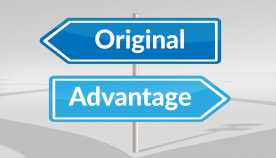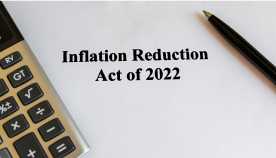AARP Eye Center
Keystone Saves Would Improve Access to Retirement Savings for Pennsylvania Private Sector Workers
Last fall, Laurie Mason embarked on a longtime dream, opening Purr Haus, a Lehigh County boutique with a quiet corner where rescued cats mingle with prospective adopters.
Business has been strong enough that she expects to hire her first employee. But Mason, 56, like other small-business owners, struggles to save for
retirement.
“The pandemic has hit small businesses hard,” says Joanne Grossi, 62, of East Norriton, volunteer state president of AARP Pennsylvania.
Keystone Saves, a program expected to be considered by the General Assembly this year and supported by AARP Pennsylvania, offers a solution.
According to AARP research, it could help the 44 percent of the state’s private-sector employees who lack access to retirement savings at work, or about 2.1 million people.
“These are all people that we know: hairstylists and barbers, truckers and mechanics, our favorite waitresses and bartenders,” says Pennsylvania state Treasurer Stacy Garrity (R). “These are people who work hard every day, without an easy way to save for their retirement.”
Keystone Saves would include businesses with at least five employees that don’t offer a payroll savings option. Others, like Mason, may have a chance to opt in.
Workers would decide how much to save and could take the account to a new job. Employers would not make contributions to the accounts but would supply the state with a list of employees and process a payroll deduction.
State Could Save on Safety Net
Pennsylvania’s Treasury Department would hire a financial company to run the program, as it does with the state’s 529 college savings plan.
The state’s start-up costs would be $1.5 million to $2 million over the first two years, and fees for participants would be kept low.
In early 2020 the COVID-19 pandemic eclipsed bipartisan efforts to create Keystone Saves, but fresh legislation is in play this year. It’s too early to handicap its chances of becoming law, but supporters believe it’s needed to help recruit and retain workers.
David John, a retirement security specialist and senior adviser at the AARP Public Policy Institute, helped create the “auto- IRA” savings idea about 15 years ago.
“The program is geared to an average worker,” John says. “This is not a way most people are going to become millionaires, but makes retirement much more secure and comfortable.”
About 10 states have enacted similar auto-IRA programs.
The three that are already operating (in California, Illinois and Oregon) have reported 68 percent participation among eligible employees, says John Scott, head of the retirement savings project at the Pew Charitable Trusts, in Washington, D.C.
He says states are realizing that “if we can get people saving even small amounts, they can stay in their home a bit longer, rather than going into a nursing home and triggering Medicaid.”
A Pennsylvania Treasury study estimates that workers saving too little and needing government aid in retirement will cost the state $14.3 billion by 2030.
But that fiscal burden could be erased if households saved just $98 a month, the study says.
Find more information at aarp.org/ppi/state-retirement-plans.
Peter J. Leffler is a writer living in Allentown, Pa.
More on Money and Retirement


























































